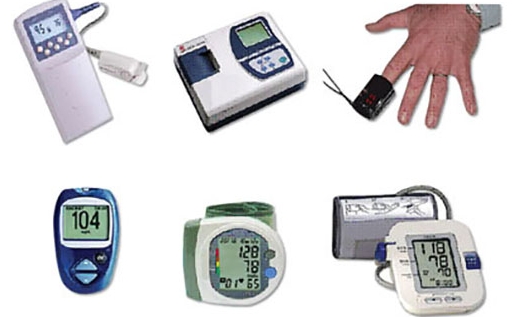Revolutionizing Healthcare: The Benefits of Remote Patient Monitoring Devices
Remote patient monitoring devices are changing the way healthcare is delivered. These devices allow patients to be monitored from the comfort of their own homes, reducing the need for frequent trips to the doctor’s office.
Improved Patient Outcomes
Patients who use remote monitoring devices often have improved outcomes. By tracking their vital signs and other health indicators regularly, healthcare providers can detect issues early and intervene before they become serious.
Better Management of Chronic Conditions
Remote monitoring devices are especially helpful for patients with chronic conditions. By monitoring their health at home, patients can better manage their conditions and avoid complications that may require hospitalization.
Increased Access to Care
Remote patient monitoring devices can help patients in rural or underserved areas access quality healthcare. By reducing the need for in-person visits, these devices make it easier for patients to receive the care they need, regardless of their location.
Cost Savings
Remote monitoring devices can also lead to cost savings for both patients and healthcare providers. By reducing the number of visits to the doctor’s office or hospital, patients save on transportation and time off work. Healthcare providers can also save on resources by catching issues early and preventing unnecessary hospitalizations.
Empowerment and Engagement
Using remote monitoring devices can empower patients to take control of their health and engage more actively in their care. By tracking their own health data, patients can make informed decisions and work with their healthcare providers to create personalized treatment plans.
In conclusion, remote patient monitoring devices offer numerous benefits for patients, healthcare providers, and the healthcare system as a whole. By revolutionizing the way healthcare is delivered, these devices have the potential to improve patient outcomes, increase access to care, save on costs, and empower patients to take control of their health.

